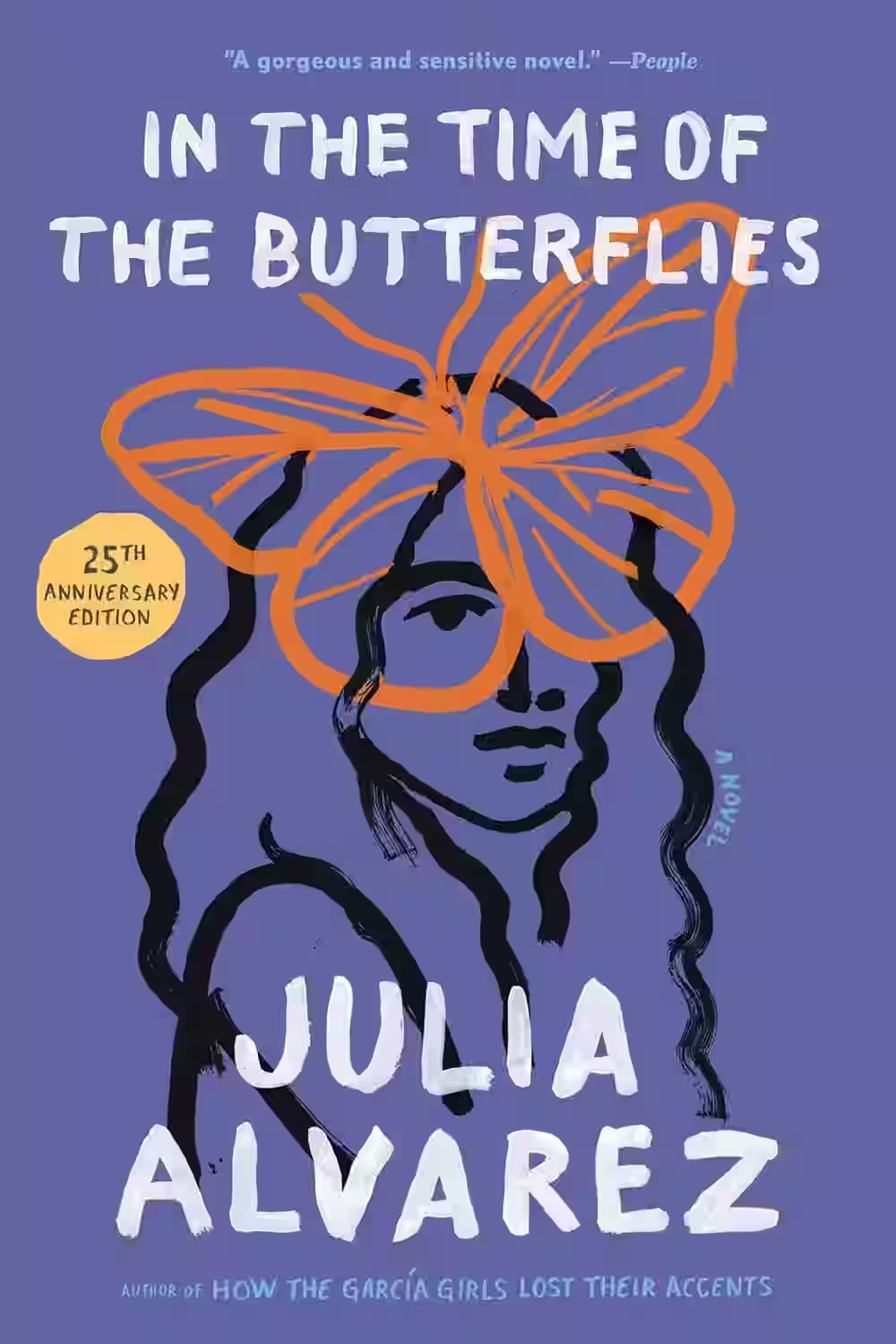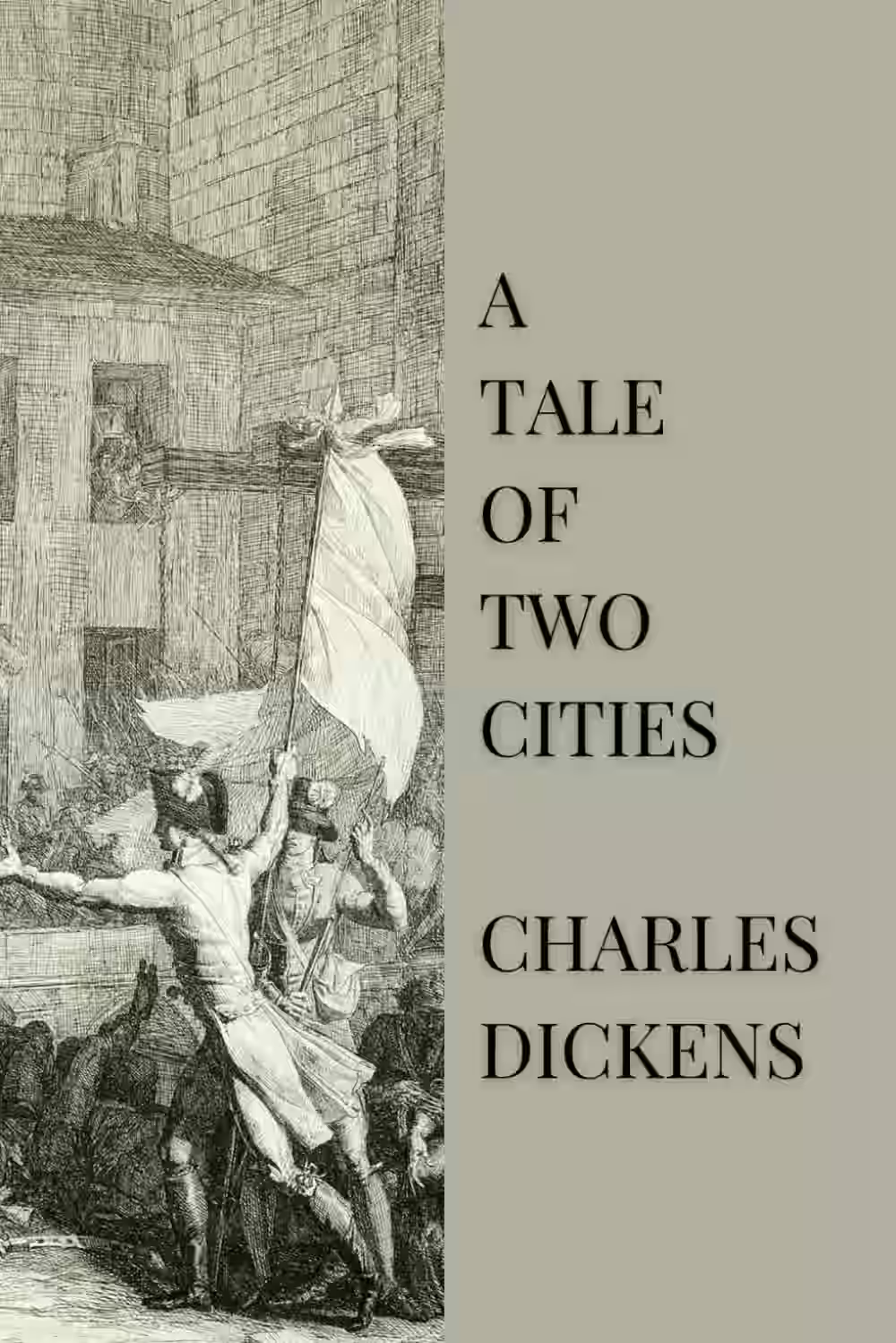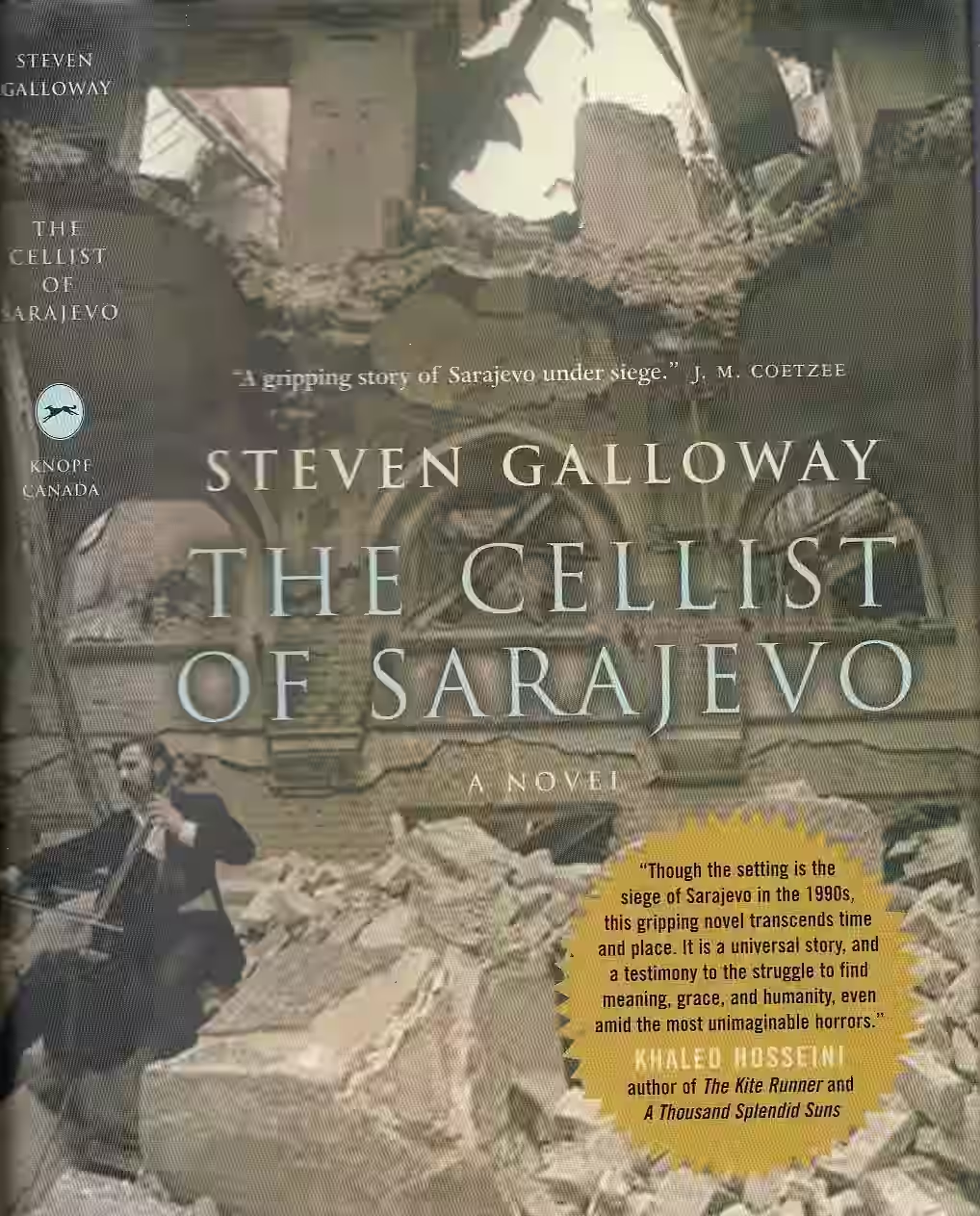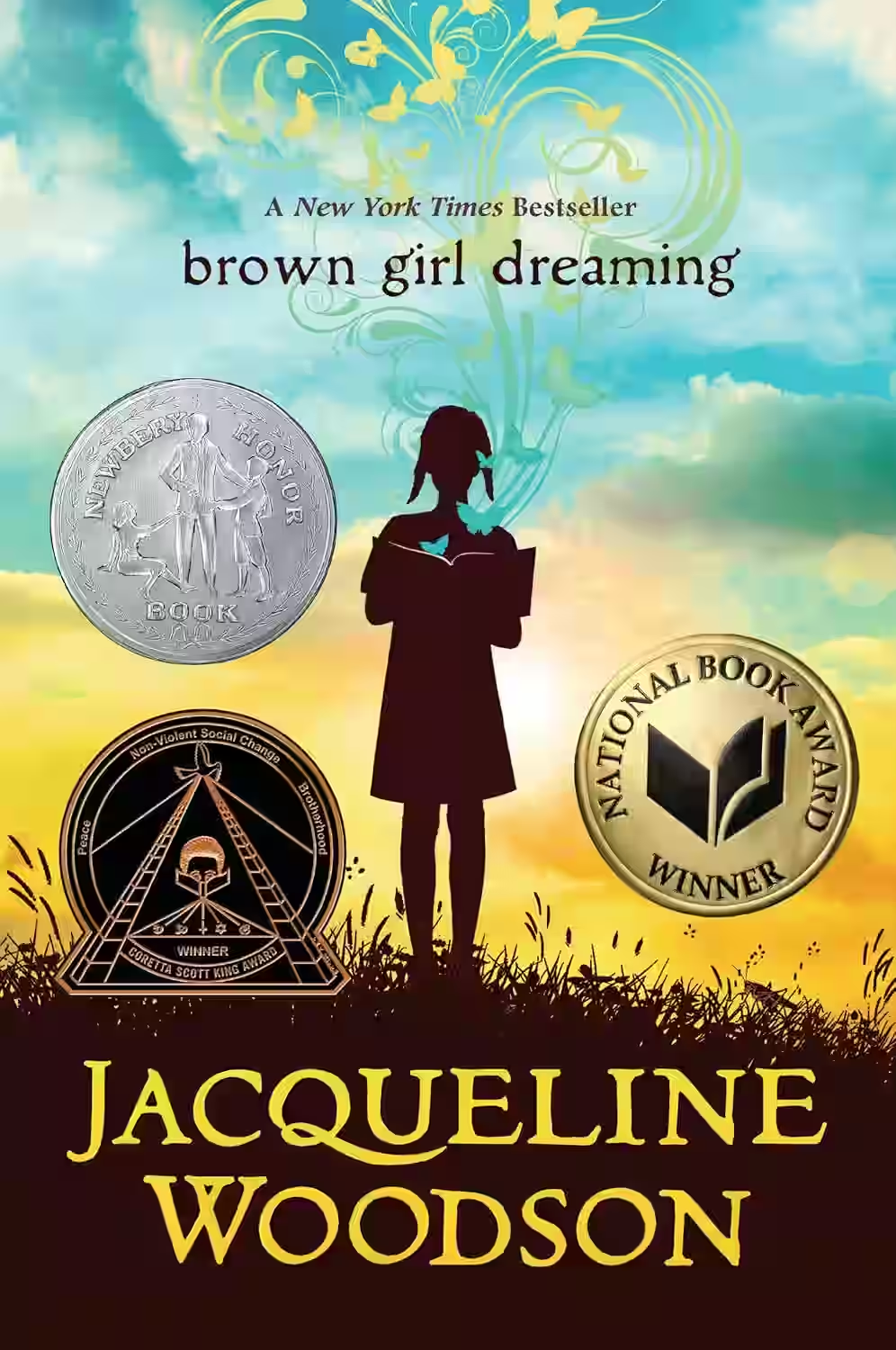
Julia Alvarez's 'In the Time of the Butterflies' is a poignant historical novel that follows the Mirabal sisters, who bravely fought against the oppressive Trujillo regime in the Dominican Republic. The story intricately weaves together themes of sisterhood, political resistance, and the power of individual sacrifice in the face of tyranny. Alvarez's vivid storytelling and rich character development immerse readers in the sisters' struggles and triumphs, showcasing the resilience of the human spirit. Through a blend of fact and fiction, the novel sheds light on a dark chapter in Dominican history while celebrating the legacy of these remarkable women.
About Julia Alvarez
Julia Alvarez is a renowned Dominican-American author whose works have captivated readers with their poignant exploration of cultural identity and immigrant experiences. Born in New York City in 1950 and raised in the Dominican Republic, Alvarez has seamlessly blended her heritage with her literary talent to produce best-selling novels, including 'How the García Girls Lost Their Accents' and 'In the Time of the Butterflies.' Her writing beautifully navigates themes of family, displacement, and resilience while shedding light on the complexities of the immigrant experience. Alvarez's captivating storytelling and lyrical prose have earned her numerous awards, cementing her as a prominent voice in contemporary literature.
Similar Books

A Tale of Two Cities
In Charles Dickens' 'A Tale of Two Cities,' the turbulent backdrop of the French Revolution sets the stage for a gripping narrative of love, sacrifice, and redemption. The novel intertwines the lives of characters from London and Paris, illustrating the stark contrasts between the two cities during a tumultuous time in history. Through intricate plots and vivid descriptions, Dickens explores themes of resurrection, oppression, and the consequences of societal injustice. As the characters navigate personal struggles and political upheaval, the story builds towards a powerful climax that resonates with themes of hope and renewal. 'A Tale of Two Cities' remains a timeless classic that captivates readers with its profound insights into human nature and the enduring power of love and sacrifice.

The Cellist of Sarajevo
Set during the siege of Sarajevo in the early 1990s, 'The Cellist of Sarajevo' by Steven Galloway is a poignant exploration of life under siege. The novel interweaves the lives of three characters—Dragan, Kenan, and Arrow—each struggling to preserve their humanity amidst the chaos of war. Their stories orbit around the figure of a cellist, who plays Albinoni's Adagio in the streets to commemorate the lives lost to a mortar attack. Galloway deftly captures the resilience of the human spirit, the impact of art in times of despair, and the simple acts of courage that shine through the shadows of conflict. The book's haunting prose and meditative tone create an indelible reflection on the moral choices faced in brutal circumstances.

East of Eden
Set in the rich farmland of the Salinas Valley, California, this powerful, often brutal novel, follows the interwined destinies of two families - the Trasks and the Hamiltons - whose generations hopelessly re-enact the fall of Adam and Eve and the poisonous rivalry of Cain and Abel. Here Steinbeck created some of his most memorable characters and explored his most enduring themes- the mystery of indentity; the inexplicability of love, and the murderous consequences of love's absence.

Brown Girl Dreaming
In 'Brown Girl Dreaming' by Jacqueline Woodson, readers are immersed in a mesmerizing memoir written in verse. The book delves into Woodson's childhood experiences, depicting her journey as an African American girl growing up in the 1960s and 1970s. Through vivid poetry, Woodson beautifully captures the complexities of race, family, and identity, offering a poignant exploration of self-discovery and finding one's voice. With lyrical language and heartfelt storytelling, 'Brown Girl Dreaming' is a powerful and inspiring read that resonates with readers of all ages.